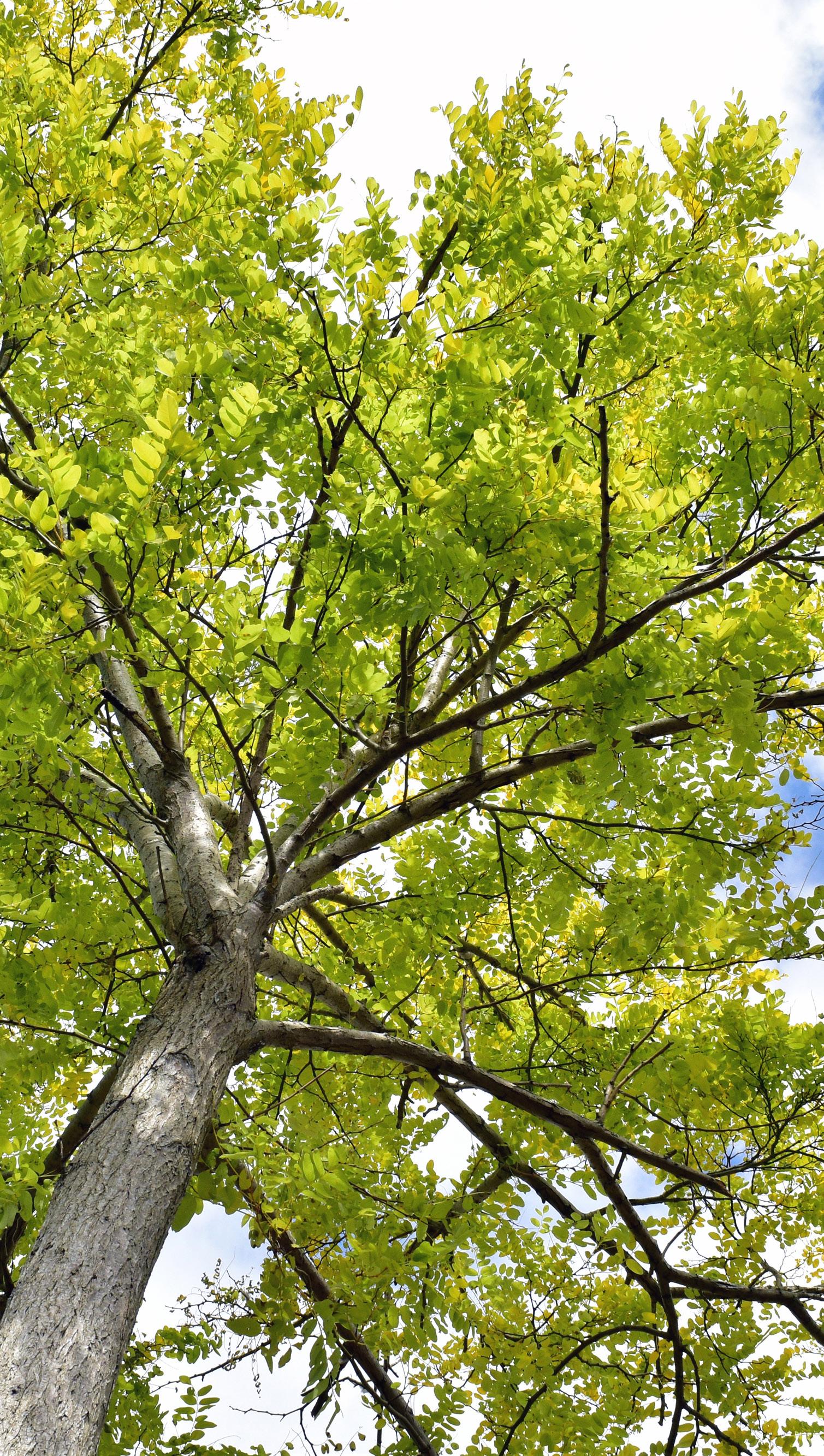Notable trees and vegetation

Work is underway clearing and enabling sites to make way for the commencement of the rail corridor widening, retaining walls and trenching for the grade separation of the rail tracks.

What does ‘notable’ mean?
The Environment Court can grant ‘notable’ status to provide a tree or group of trees special protection based on their species, unique characteristics or heritage. The Flame tree on the Boston Road / Nugent Street roundabout, the English Oak on Boston Road and the Ash Trees at the entrance of Mt Eden Correction Facility are all protected under the notable tree status. Arboricultural monitoring will be undertaken to ensure adequate protection for these trees for the duration of construction works.
We are committed to contributing to a green, liveable and sustainable city centre. As part of the CRL work, construction sites must be cleared and the removal of some trees is necessary. Any trees removed will be replaced at a minimum one for one when we complete streetscapes and public realm enhancements at the end of construction.
We will leave more trees than we started with.
Which trees are affected?
The Willow Myrtle trees along the Boston Road reserve are mature specimens. A number of the trees possess significant structural defects including branch splitting and decay. These trees are also growing in a constrained location making it impractical and unsafe to attempt to extract the root ball, so a successful transplant is highly unlikely due to their size, age and structural defects.
The group of trees closest to Normanby Road are a mixture of small to medium sized trees which are tightly grouped and in generally poor form. These are considered unsuitable for transplanting.
How is the decision to remove trees made?
Assessment of trees is ongoing as construction methodology and design details are developed. Before we can confirm the need to remove a tree we must show that we have investigated the feasibility of:
• fencing them off for the construction period
• pruning them to gain space required for construction
• storing them to replant in place at the end of construction, or transplanting them
Where none of these are viable, we will confirm the need to remove the tree.
How will they be removed?
The trees will be removed in stages starting with outer limbs then inner limbs, then the trunk. Remaining stumps will be dug out or ground down. Any debris will be mulched onsite.



We will leave more trees than we started with
Can any of the trees on site be transplanted?
Each tree is assessed by the Project Arborist to determine if it can be transplanted or stored in a nursery to be replanted when works are complete. Factors assessed for each tree are:
• Health of the tree
• Age of the tree - the root systems of established trees are often entangled with other underground structures
• Time of year - transplanting has a higher success rate in winter
• Cost to transplant - including removal, transport, storage, nursery care, and replanting
• Overall value of transplanting - the cost to transplant and care for readily available trees is often several times higher than purchasing new trees from a nursery.
Who has been involved in these decisions?
• Project arborist - assesses tree health, suitability for transplanting and supervises tree removals
• Project planners and arborist – investigate options for each tree and develop proposals for the management of trees during construction (including tree removal). These proposals form part of a management plan which is reviewed by an independent arborist before being submitted to Auckland Council
• Council arborist and planners – review the management plan with reference to existing approvals for the CRL project and make recommendations to an Independent Commissioner who ultimately decides if changes are needed to the way trees are managed during construction
• Mana Whenua – provide advice about appropriate treatment of trees.
When will it happen?
The trees are scheduled for removal during the weekend of 10th October. To ensure we complete this task safely the work has to happen during a Block of Line, when the trains are not running.
